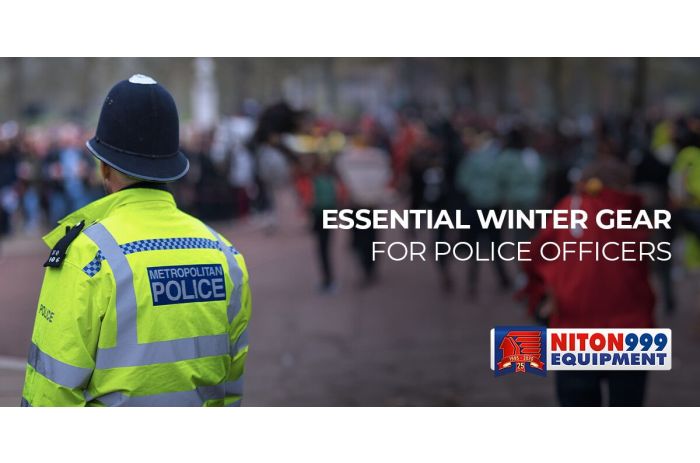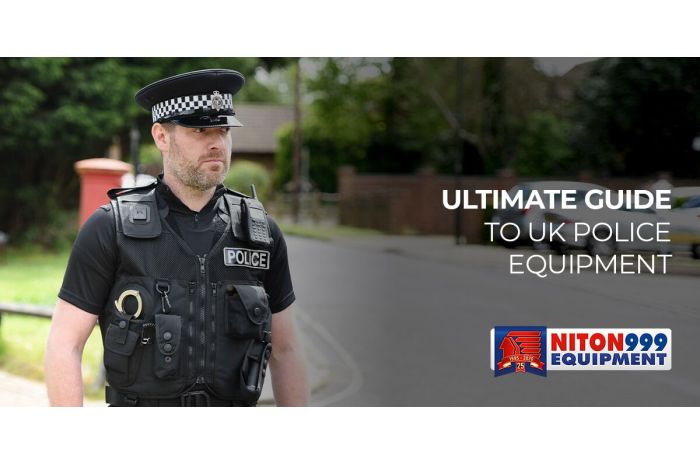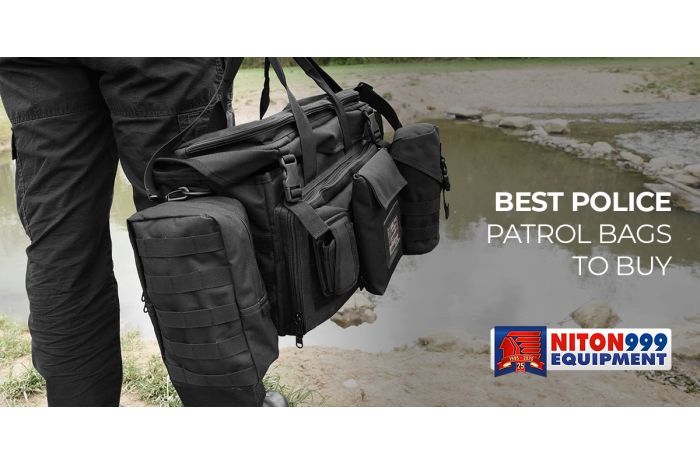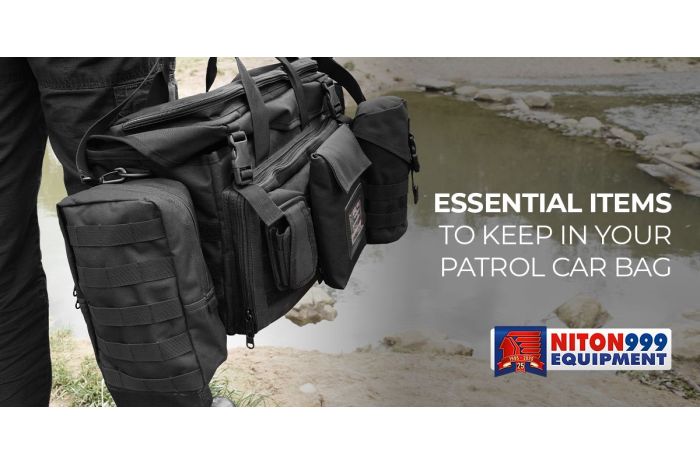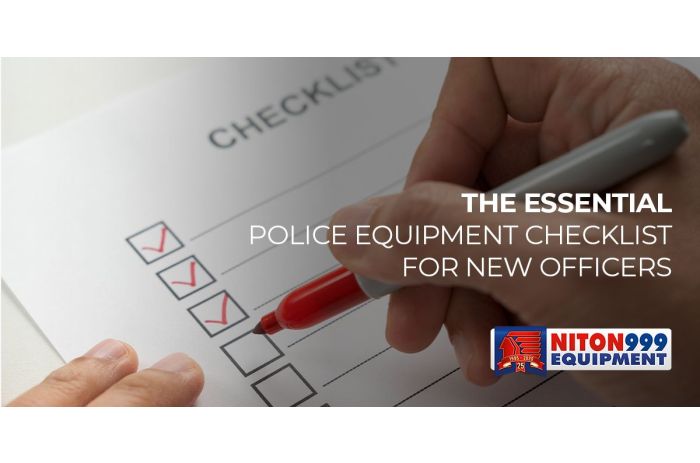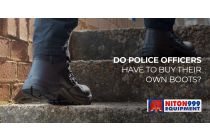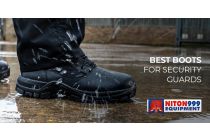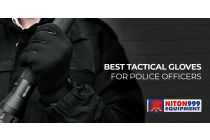Winter brings unique challenges for police officers, making the right gear imperative when the mercury drops. As many might already testify, being without proper cold weather gear in nippy weather can be a nasty experience. Equipping yourself with essential winter gear will keep you warm and snug whatever the weather.
Here’s our guide to the best police winter equipment.
Challenges of Policing in Winter
Here’s some specific challenges associated with police work in the colder months:
Navigating Slippery Roads
One of winter's most immediate challenges is the slippery and often treacherous road conditions. This applies to both traversing on foot and via vehicle.
Coping with Increased Response Times
The adverse weather conditions associated with winter can lead to increased response times, which in turn can significantly impact the outcomes of emergencies. Be aware that reaching remote locations might take significantly longer.
Addressing the Physical Strain of Cold-Weather Operations
Conducting patrols and engaging in other law enforcement activities in cold temperatures is physically strenuous. There is an increased risk of hypothermia and generally speaking, being exposed to too much cold can impact the immune system and lead to coughs and colds. Hot drinks, regular breaks and plenty of snacks can keep cold-weather health impacts at bay.
The Importance of Layering in Winter Policing
Layering is exceptionally important, as this helps create the air pockets between layers that insulate the body. This involves at least a foundation, middle and outer layer.
Foundation: Moisture-Wicking Base Layer
A robust layering system is the foundation of effective winter attire. A moisture-wicking base layer plays a crucial role in this, as it helps to draw sweat away from the skin, preventing dampness and helping to maintain body heat. This applies to both torso and legs. Moreover, ensure your foundation layer includes excellent insulative socks.
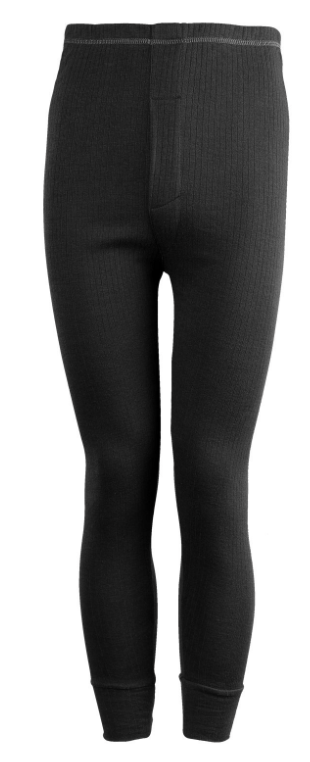
Above: Niton999 Thermal Long Johns
This layer is essential for keeping officers dry and comfortable, even during prolonged periods of activity in cold conditions.
Insulation: The Middle Layer
The middle layer of a winter policing uniform is responsible for providing insulation and retaining body heat. This layer typically consists of materials designed to trap warm air close to the body, providing a buffer against the cold. Middle layers must be breathable, allowing any moisture from the base layer to evaporate and preventing the accumulation of sweat.
Protection: Waterproof and Windproof Outer Layer
The outer layer of a winter uniform serves as the first line of defence against the elements. It must be waterproof and windproof, protecting officers from snow, rain and biting winds. At the same time, this layer needs to be breathable, allowing moisture from the inner layers to escape and preventing overheating during physical activity.
Essential Winter Footwear for Police Officers
Warm, robust footwear is also absolutely essential for winter patrols. No amount of socks will make up for poor footwear.
Providing Warmth, Support, and Traction
Footwear in winter policing is a critical component of an officer’s uniform. Boots must be insulated to provide warmth, waterproof to keep feet dry, and equipped with non-slip soles to ensure good traction on slippery surfaces.
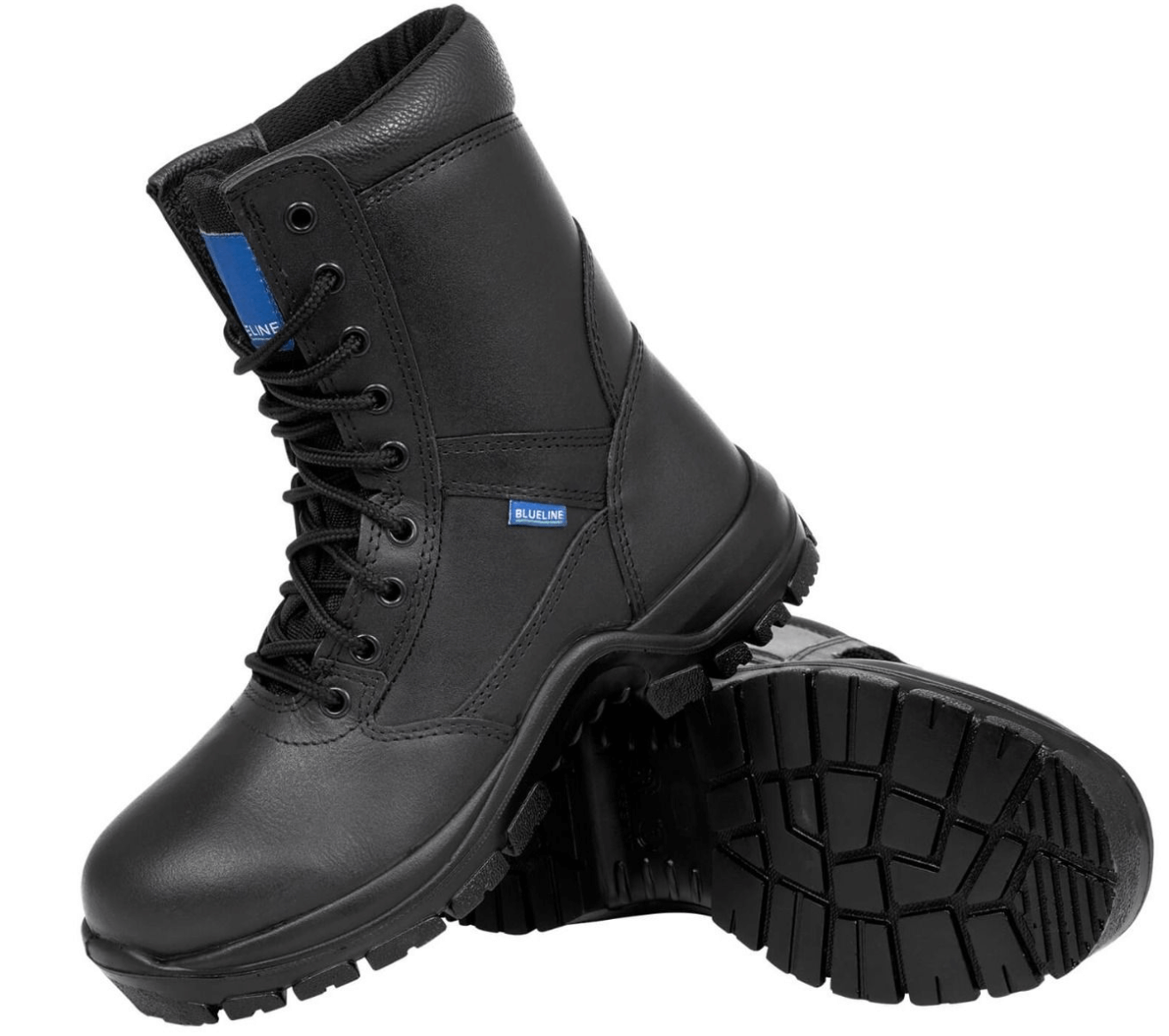
Above: Blueline Waterproof Patrol Boots from Niton999
Furthermore, they should be lightweight and comfortable for long shifts and provide ample ankle support to prevent injuries. Read our guide to the best police boots here.
Gloves and Hand Protection
Gloves and hand protection is also paramount, as cold hands and fingers aren’t just unpleasant – they also make life harder for officers.
Ensuring Dexterity while Keeping Warm Having the right gloves is a critical aspect of a police officer's winter uniform. Officers need to maintain dexterity to handle equipment, weapons, and other essential tools effectively. Insulated and waterproof gloves that offer a snug fit while allowing for precise finger movement are indispensable. Additionally, gloves with touchscreen capability have become necessary in recent years.
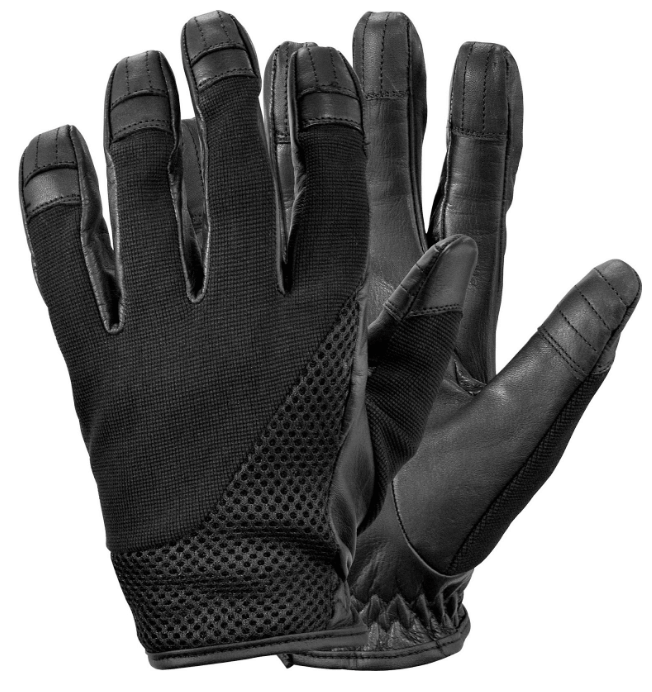
Above: Touchscreen Tactical Gloves by Niton999
These gloves are engineered to interact with touchscreen devices, enabling officers to use their equipment without exposing their hands to the cold.
Headgear and Face Protection
As they say, the majority of heat is lost through the head. Head protection is one of the most important facets of staying warm on the job. Appropriate headgear, such as balaclavas or thermal hats, is vital to proper winter uniform.
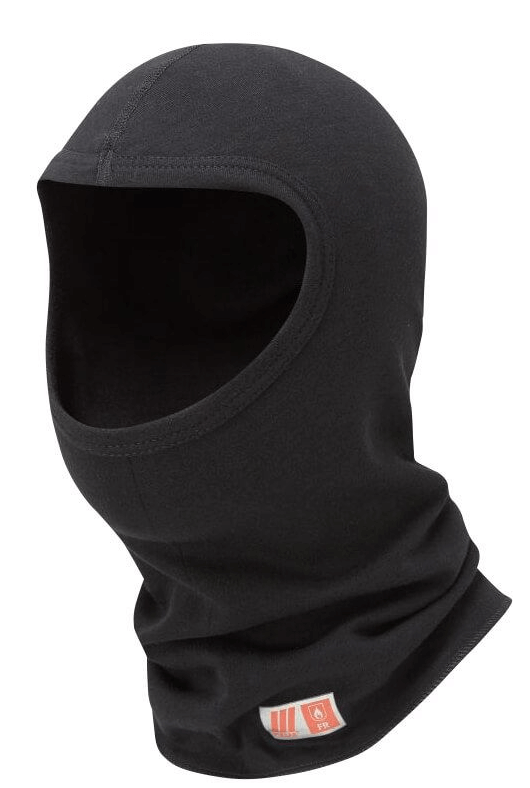
Above: Protal Flame Retardent Balacalava by Niton999.
High-Visibility Winter Gear
Visibility can drop significantly during winter due to snow, fog, or other adverse weather conditions. High-visibility jackets, vests, and accessories are made with bright colours (usually yellow) and reflective materials, ensuring that officers remain conspicuous to the public and each other. This is especially important during patrols, roadside checks, and emergency responses, as it boosts overall safety and reduces the risk of accidents.
Winter-Ready Tactical Gear: Holsters, Belts, and Pouches
Winter clothing can add significant bulk, making it challenging to access tactical gear efficiently. Adjustable holsters, belts, and pouches are designed to address this issue, ensuring you can quickly and easily reach their equipment, even when layered up.
Summary: Your Complete Winter Gear Checklist
A comprehensive winter gear checklist for police officers includes layered clothing, insulated and waterproof boots, gloves with dexterity, head and face protection, high-visibility apparel, and winter-ready tactical gear. It’s also a good idea to pack spares in your patrol bag, especially if there’s a risk of your clothes getting wet. Niton999’s clothing range offers winter protective gear for law enforcement personnel, security, EMS, or anyone else looking for high-quality, dependable winter clothing.
FAQs
What are the most critical winter gear items for police officers?
Among the most critical items on the police winter equipment list are insulated and waterproof boots, which provide essential warmth and dryness while offering stability on slippery surfaces. Gloves that allow for dexterity are another crucial element, enabling officers to handle their equipment efficiently in frigid temperatures.
How should I layer clothing for winter patrols?
Layering is a strategic approach to maintaining body heat and adaptability in cold conditions. Start with a moisture-wicking base layer to draw sweat away from the body, keeping you dry and warm. The middle layer should act as insulation, trapping body heat to protect against the cold. The outer layer should be both waterproof and windproof to shield against harsh weather while allowing for flexibility in movement.
Are there specific winter boots recommended for police work?
Selecting the right winter boots is crucial for police work. Waterproofing is a must to keep feet dry in snow and rain, and boots should feature non-slip soles for stability on icy surfaces. Additionally, ensure the boots offer sufficient ankle support to prevent injuries and provide long-lasting comfort and protection.
Is high-visibility gear different for winter conditions?
High-visibility gear designed for winter conditions may differ from its counterparts used in warmer weather. Winter-specific high-visibility clothing is typically made to be thicker and more insulated, providing the necessary warmth for cold temperatures.


